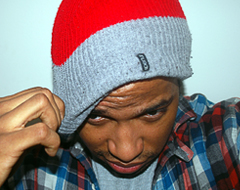Hello Kervin and welcome to Talking With The Pro’s. Can you please tell us a little about yourself, where your from and how you got started in the industry?
Hello and thanks for having me! I’m a digital illustrator from the state of New York residing in the quiet suburbs of Rockland County, right outside of NYC. I’m a film buff, snowboarder in training, music junkie, and when I’m not doing any of those things or chillin’ with the lady, I’m spending massive hours playing Street Fighter. So as you can see, sleep doesn’t really seem to fit my schedule these days.
I recently completed my Master’s Degree in Architecture this past May at Syracuse University and I’m currently working on my printed portfolio so that I can get a job!
I first got into digital art when I was teen. I saw all these kids doing really nice images with a computer and Photoshop and I wanted to do that because it just seemed like the cool thing to do. For a while, it was just a hobby. To make a long story short, I kept at it and eventually, while I was studying at Syracuse, I released my first official online portfolio and landed my first gig doing an illustration for AXE Body Spray. The rest, shall we say, is history.
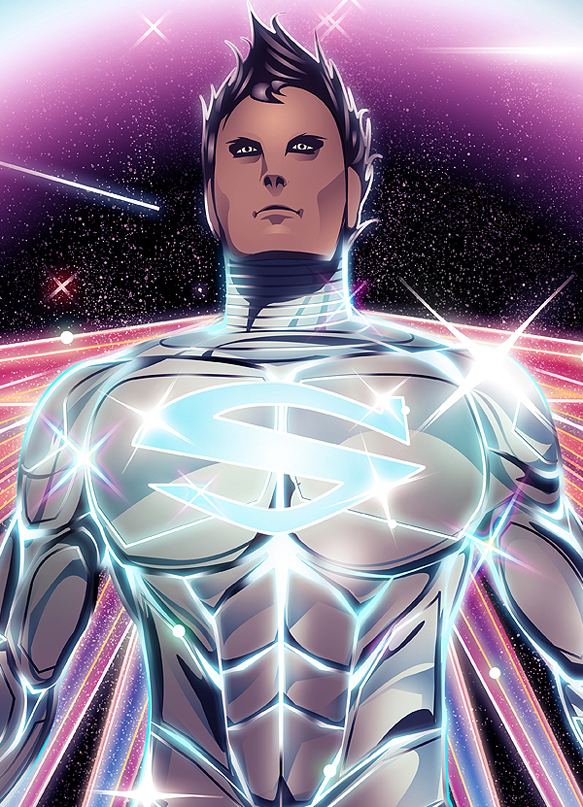
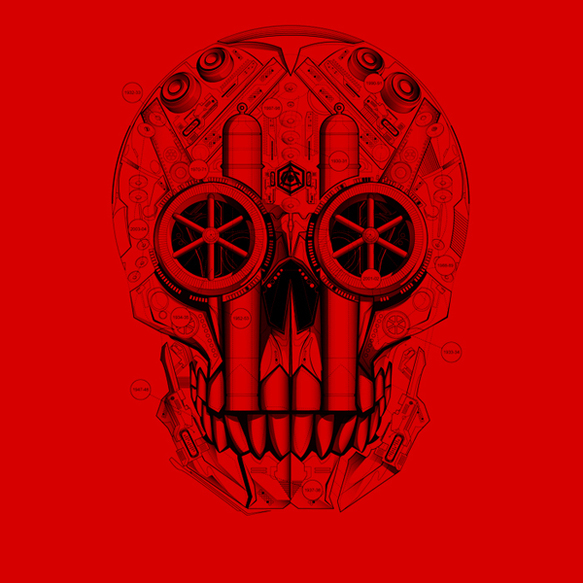
Your work is very unique in many ways, what learning techniques have you used to master your style and become as good as you are today?
Well the one thing that I would like to emphasize is that I SUCKED. You’re probably thinking, “well obviously, we all start somewhere”, and I’m here to say you think that now because that is your ‘wisdom through experience’ talking.
What a lot of young aspiring artists and designers don’t realize is that when you start getting into this craft, you have to immediately come into terms with two very important truths; 1) Your are going to suck when you start & 2) You are probably going to suck for a long while.
This is something that you have to accept. Otherwise, zero growth can occur. Learning all the latest tricks and program techniques won’t save your style. Perhaps the most important ‘technique’ you can learn to harness is PATIENCE. Please pardon my use of lame analogies, but you have to realize that this is a marathon, and marathons can’t be won by sprinting as if it’s just a 100m race. You have to pace yourself, soul search, give yourself time to develop; be critical of what it is that you are striving for and why you are doing it!
For me personally, I suppose you can say I had to be willing to get out of my comfort zone to get better. I was lazy. Lazy in the sense that I didn’t want to experiment outside of what I could grasp immediately (bland colors, repetitive filters, random lines), and didn’t what to be bothered with deeply digging through whatever program I was working with. Once that attitude changed, then things started to make a turn for the better, not right away, but eventually it did.

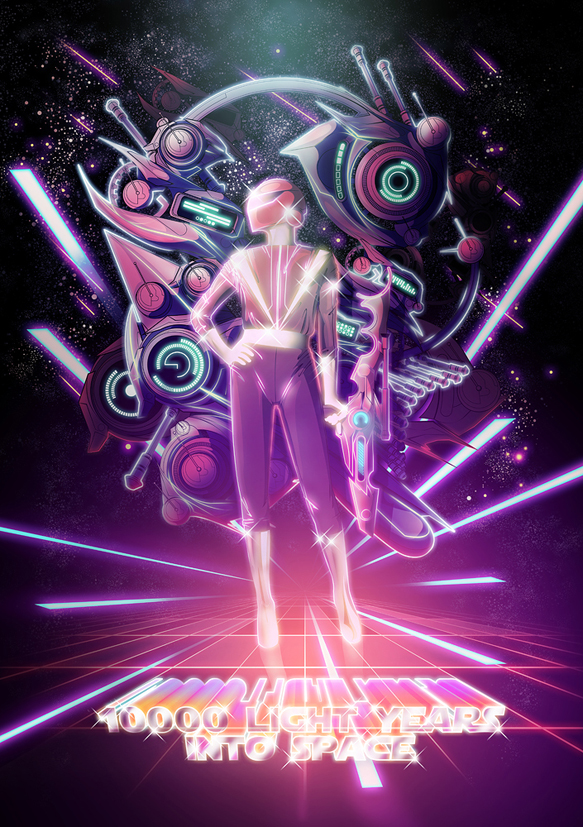
What would you say is an important lesson you have learnt throughout your career that could help younger designers?
So you’ve finally the developed a great style, you have your portfolio setup, and you’ve even got a small following. Believe or not, that was the ‘easy’ part, and I use that term lightly. The hardest thing do to in this field, especially in freelance, is simply getting your name out there! The key is rigor. You have to be persistent when it comes to promoting your work. Why wouldn’t you? It’s your work and you’re proud of it (we hope), so constant ‘selfless’ promotion can go a long way. Don’t be discouraged by a sent email that seemingly goes ignored! Unless they respond and say, “Hey your work sucks, don’t email us” you try, try, and try again! You aren’t hurting anyone by sending a few kilobytes of text.

You have done work for some big recognizable name brands such as Nike, Axe, & Aquafresh. How did you acquire these contracts? And how did you like it doing designs for companies like these? Did you have a lot of freedom in terms of design or did they have a lot of direction?
Well, the with the exception of Nike, all other client work I receive is through another agency/studio that acts as a subcontractor. That studio or agency finds me either directly through my site, Depthcore, or through some third party site like Behance. I rarely have the opportunity to speak with the client directly, the subcontractor handles all of that, and I just do the work. The dynamics of the relationship is pretty straightforward; there isn’t too much fine print to be dealt with usually.
My experience with clients has been pretty smooth for the most part (touch wood). If you’re able sustain a good relationship with your client during a project, then you should definitely try maintaining contact! A lot of times you will find that most of your work is from repeat costumers. You not only have to make your availability apparent but also be personable so that they will want to come back. I’ve established some good friendships with a couple of clientele that I have worked with.
The amount of freedom varies from project to project, and I don’t think it’s a coincidence that the more time you have to get a project done, the more stringent the criticism can be! There was one gig where I had about a little over a week to get it done, and it was just iteration after iteration. They had me working down to the final minutes (not whining, promise)!

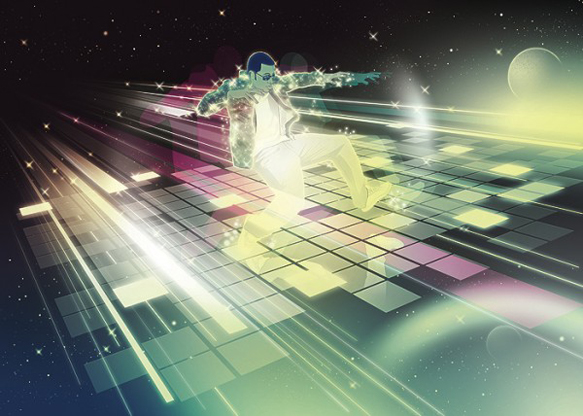
What is your favorite and least favorite aspect when working on a piece?
My favorite part about working on the piece is the payment I get once it’s done…
I’m kidding…. Not really…
I think the process of self-discovery is most exciting part, like discovering a new style, technique or concept. For example, I’ve started developing a typographic style that you can view on Typcut.com. The style is still a work in progress, but I’m excited to see where that could lead…
My least favorite part is getting stuck. In the end it I guess it isn’t all that bad since artist’s block for me basically means more time playing Street Fighter.
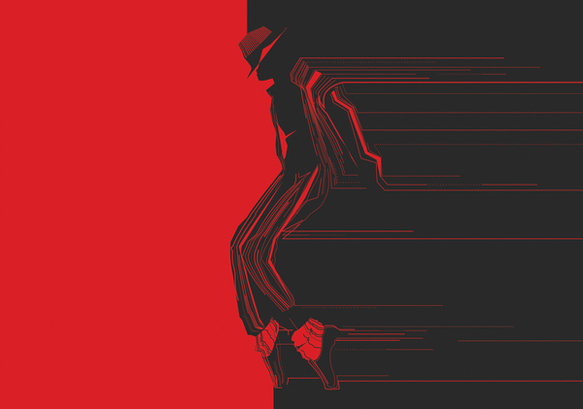
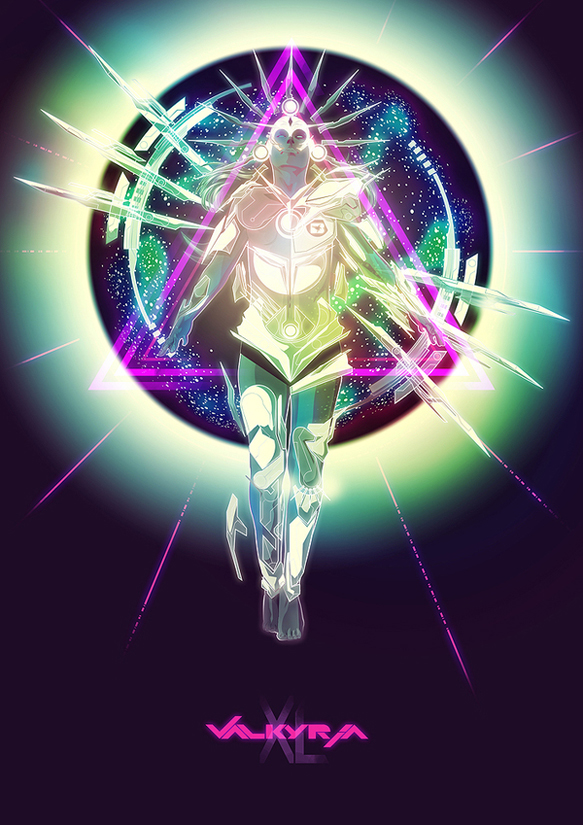
You appear to be an active member in the DEPTHCORE community, how is it being part of the community?
Besides being in charge of cooking breakfast every morning, it’s not that bad. Before I officially took part in freelance I joined DC back in 2006. I guess you can say I ‘grew up’ in Depthcore as an artist. I can’t tell you everything that happens behind the scenes, but I will say that the quality of criticism/feedback you get, as well as the interaction with various talent artists really helped structure me into the kind of illustrator that I am today. It’s going to be quite an exciting time for us in the months ahead, plenty of projects are well underway and we can’t wait to share them with you all!
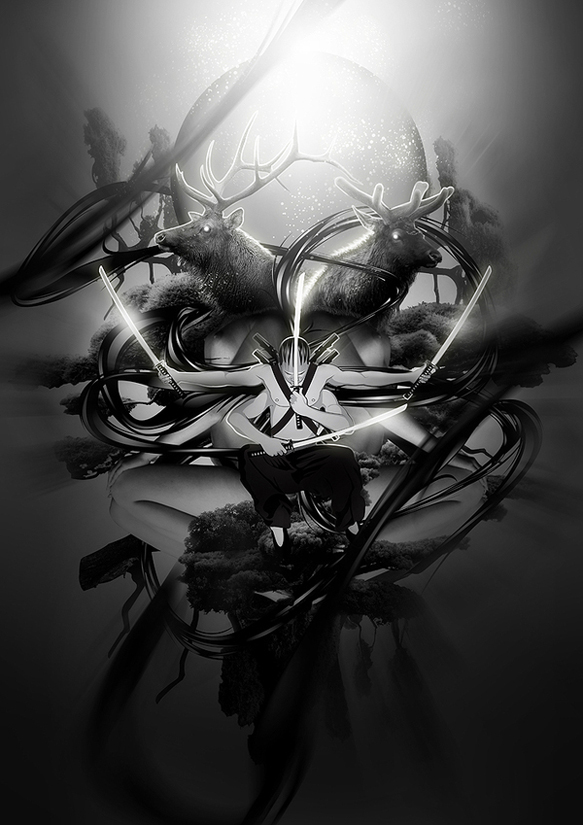
What tools and software do you use for most of your work?
Illustrator and Photoshop.
Your work is quite original and not matched by many designers out there, where do you draw your inspiration from?
The various trinkets of Japanese culture, like manga, JRPGs, and animation, have always influenced my illustrations. The retro-futuristic works of Syd Mead and Hajime Sorayama are also huge inspirations. Feng Zhu is another illustrator I admire. In my architectural work it would be practices like Archigram, Superstudio, and Neil Denari who are quite influential both graphically and spatially.
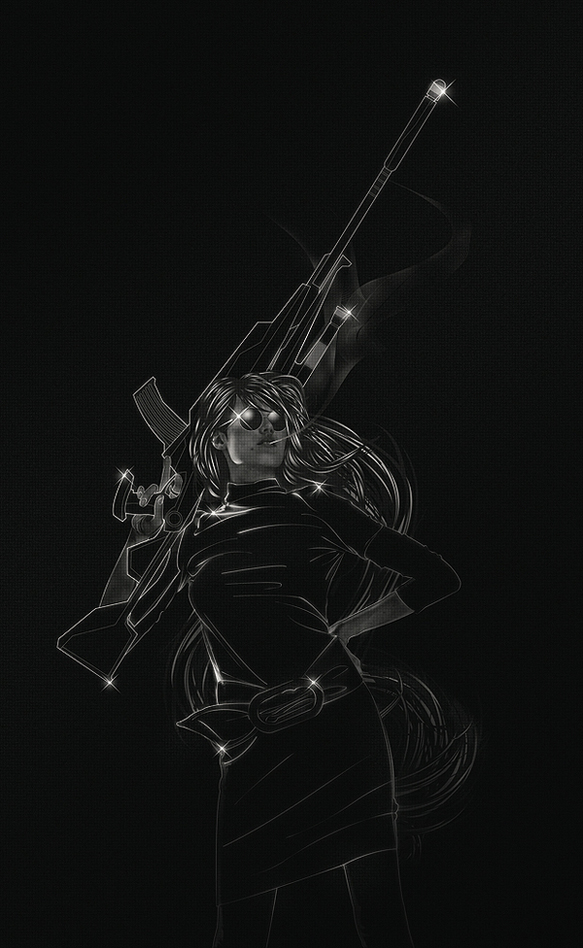
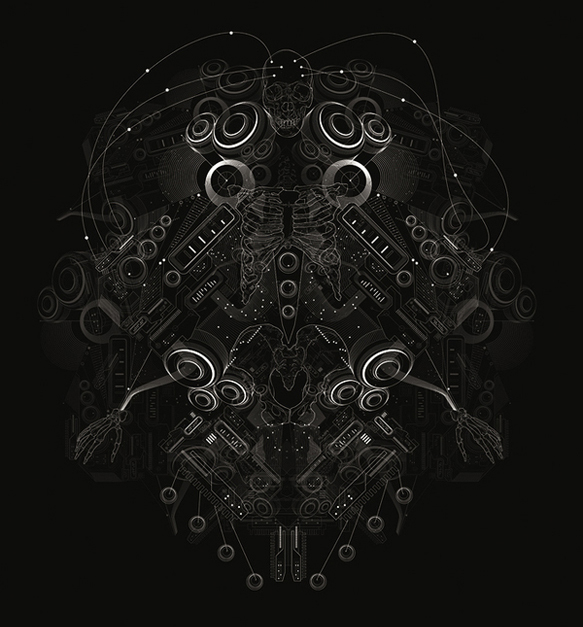
Where do you plan to take your design career in the future? What do you hope to accomplish in the next few years?
The hope would be that I have a great day job in a good architecture firm in NYC while sustaining a flourishing freelancing career in illustration. What the future will hold I’m not sure really, but one thing I do know is that sleep will never work it’s way into my schedule.
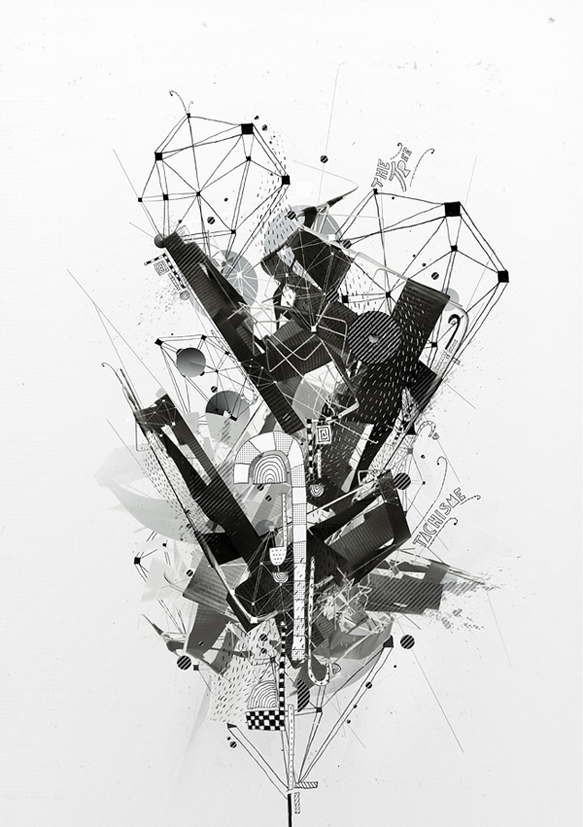
Thank you for proving us with the opportunity to interview you, any final thoughts you would like to share with our readers?
Just keep in mind that when pursuing this career, you need to remember that there are no shortcuts! Keep you’re head up and when life throws you lemons, make a gin and tonic.
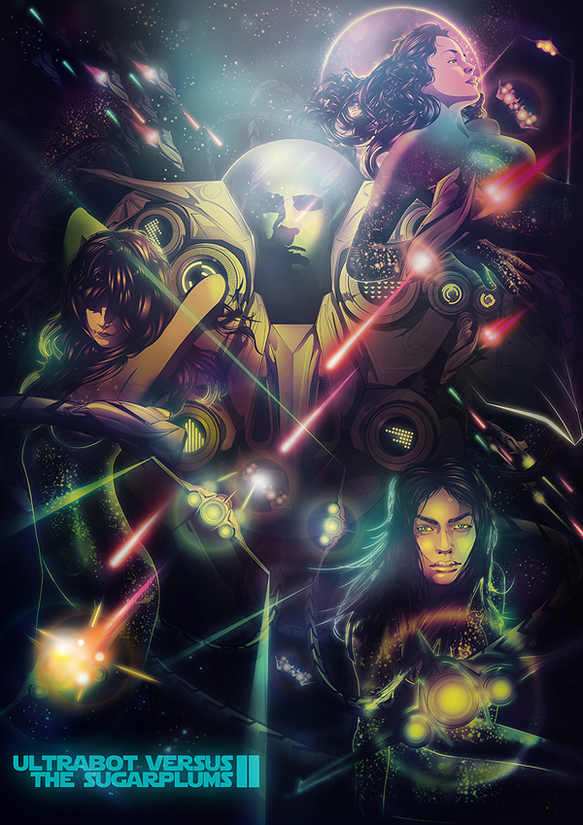
Please visit www.brisseaux.com to view Kervin’s portfolio website
